A Photo Experiment: How Does a Landscape’s Light Change During One Day?

Inversions, afterglow, misty morning, and above all, light. These are the magicians of thanks to whom we love landscape photography so much. For today’s article, we’ve prepared a little experiment. Our editor Josef has headed out for some fieldwork into a field and spent all day capturing a landscape’s changes from dusk to dawn and back to the afternoon. Read it and see for yourself how every landscape has countless faces.
When I pulled this topic out of our idea drawer (where it had been lying for about a year), I couldn’t understand why nobody had wanted to take it on. After three years of attempts to write this article, I came to understand. Holding out in one place for 24 hours is not easy at at all. The weather and time are your greatest enemies here, and I swear they work together on purpose. When you have time, you have bad luck with the weather, and when you have good luck with the weather, there’s no time.
But eventually I did finally get lucky with both time and the weather. However, a third enemy then appeared: the site. When I arrived at my first choice of site, one that I’ve been visiting for years, its owner kicked me out.
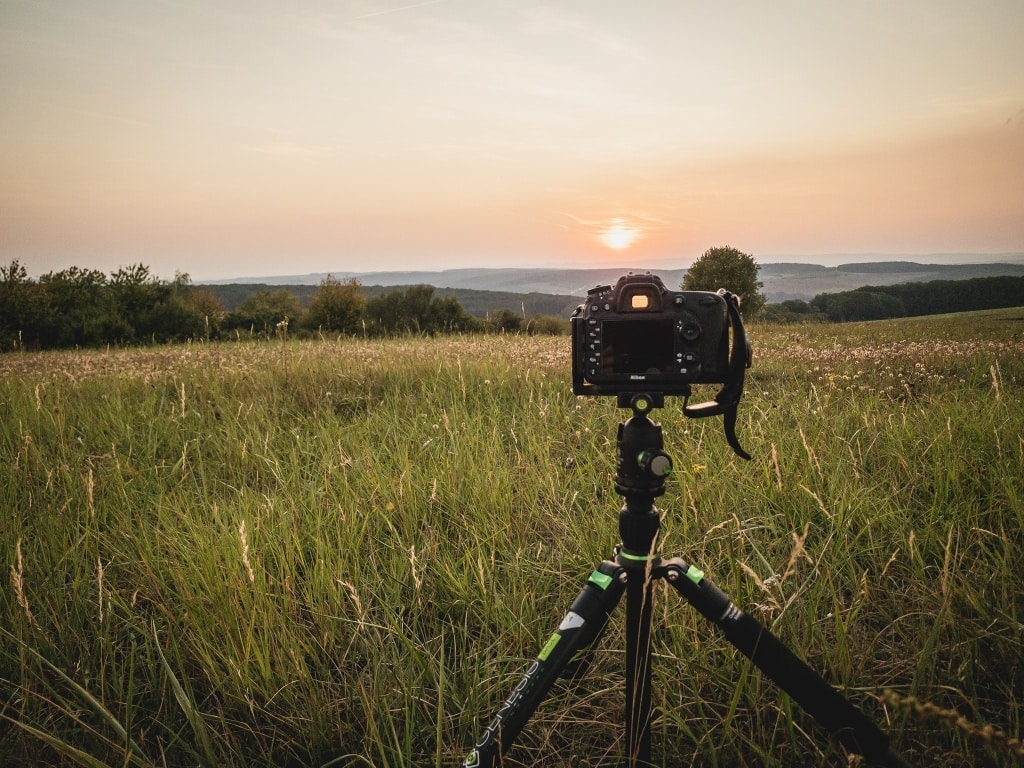
But luckily that didn’t matter, as I had a Plan B… which failed too. An electric fence for a cow pen showed up overnight at my second favorite location. By now I wanted to give up, but my wife saved the day—she recommended a site right near our home with a beautiful view.
After reaching the meadow I immediately unpacked my tripod, fastened my camera to it, and chose a spot for my full day of photography. I started shooting around 5 p.m. and finished (with a stop for sleep) at around the same time the next day.
Sunset
My first pictures are from the golden hour, and then the blue hour, during the sunset. In the first minutes, as the golden hour begins, the light in the landscape changes only slightly.
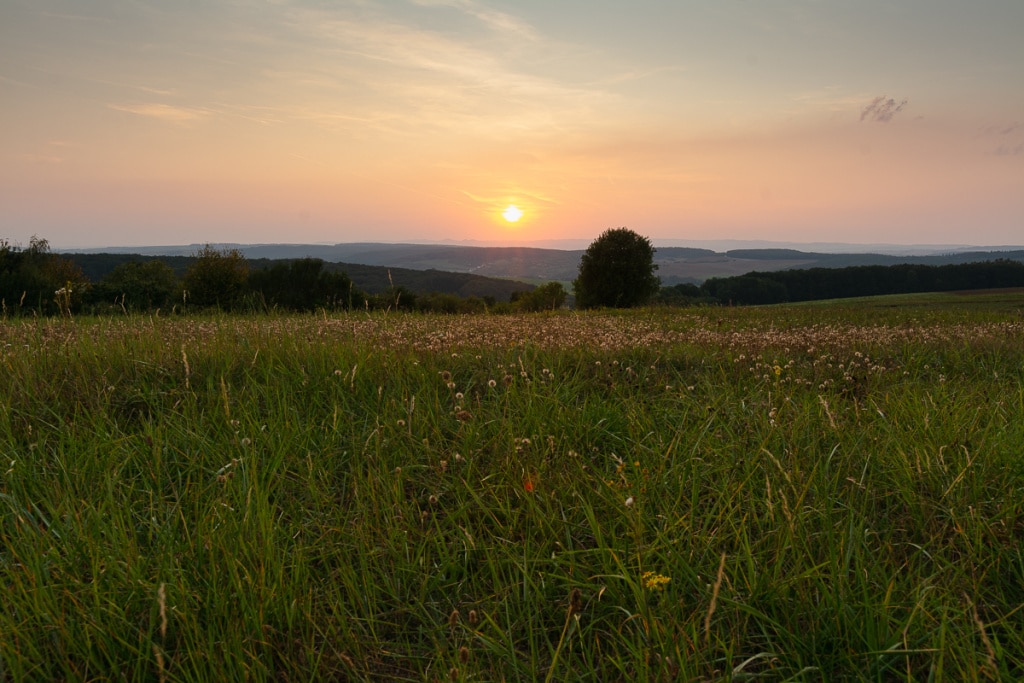
When the sun approaches the horizon, the differences in the landscape’s lighting are more visible by the minute. The light on the grass is shifting from golden to orange-and-red, and the afterglow is more and more noticeable.
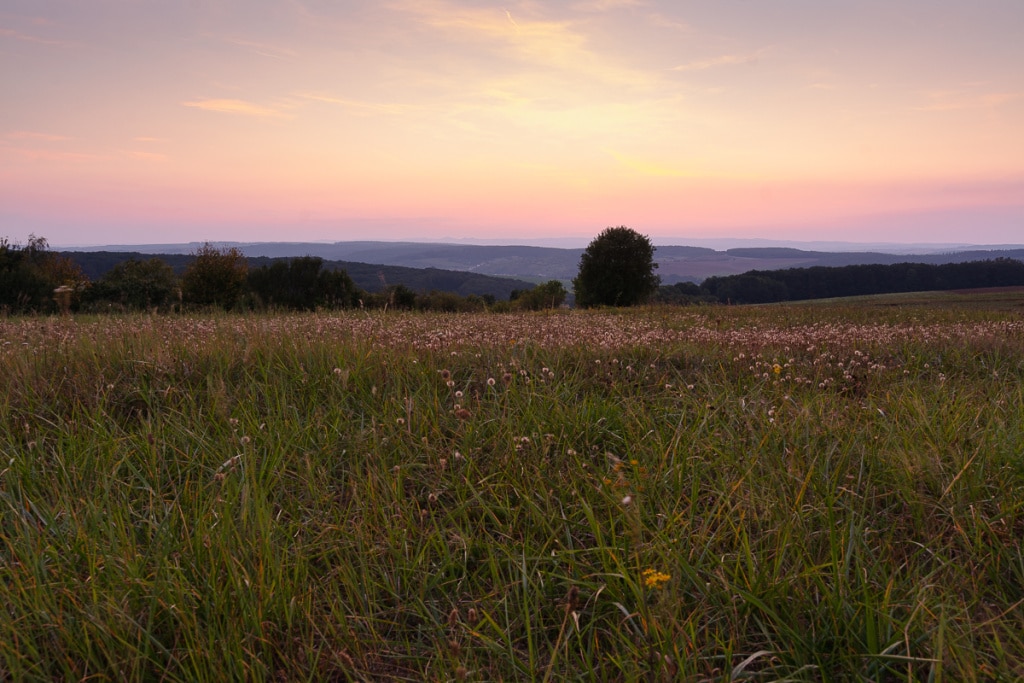
Once the sun is about 80% below the horizon, you can observe a gradual waning of the colors in the landscape and their transition towards cooler blue tones. This time is called the blue hour. Photographers use it to take pictures of things such as lights coming on in the cities.
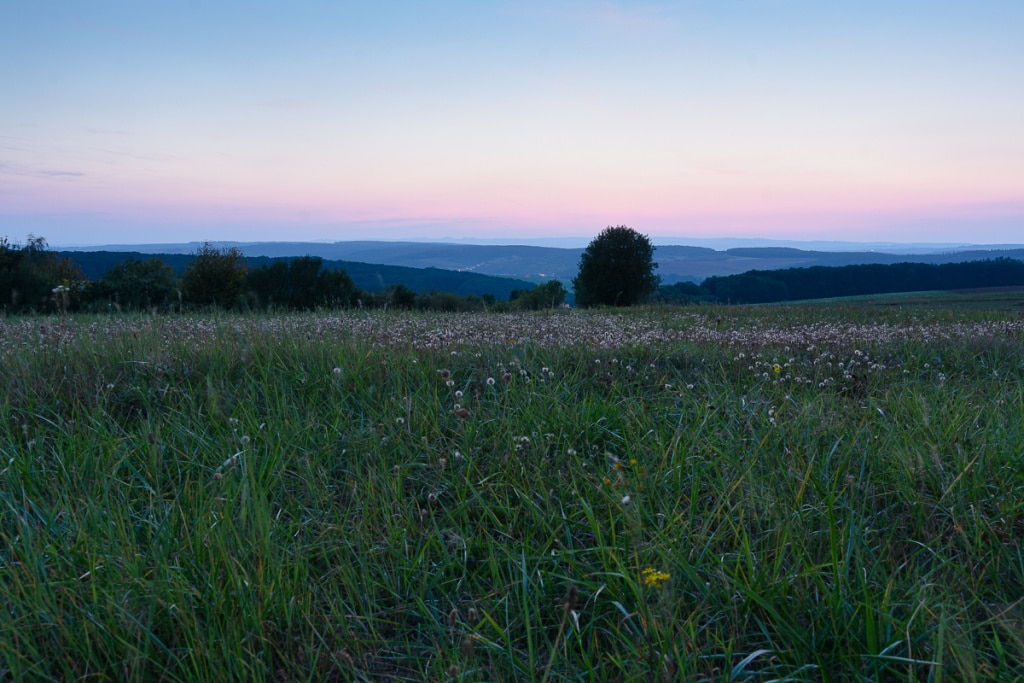
Sunrise
The rising sun makes itself known gradually. First the landscape starts to regain color from the dark of night into chill blue tones, but is for now devoid of shadows. One thing that’s interesting about the morning’s blue hour is that halfway or most of the way into this hour is precisely when you’ll see the prettiest light show in the sky. Unlike the evening, when the light effects gradually disappear during the blue hour, in the morning they grow gradually stronger, and they generally don’t disappear until the sun has come up.
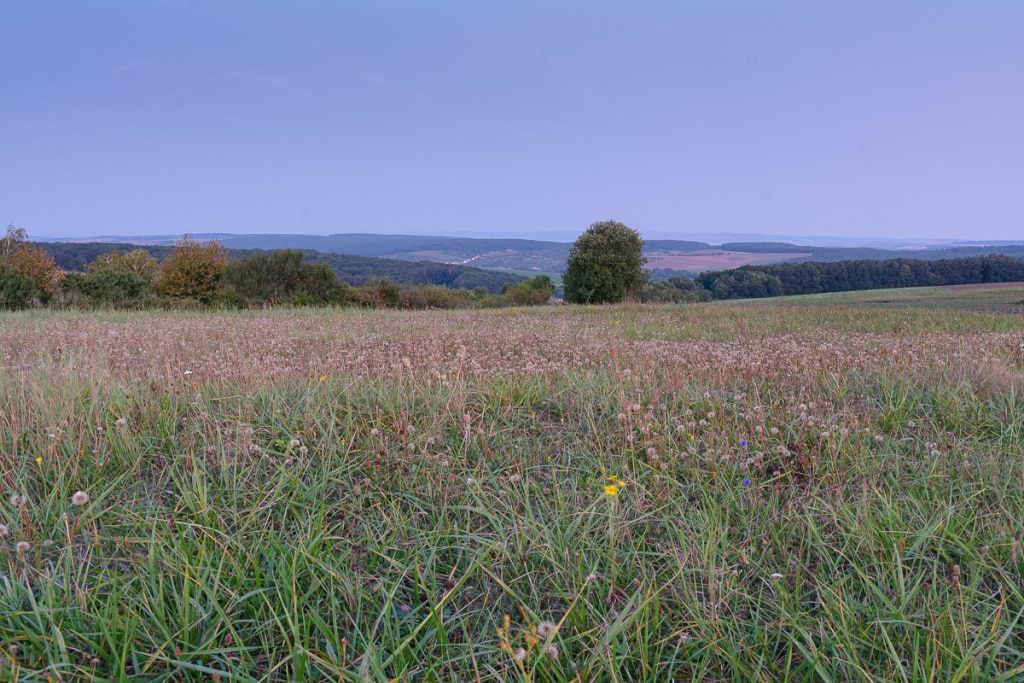
As soon as the sun touches the horizon, long shadows start to appear in the landscape, and you see a gradual recoloring from cold blue tones towards warm and vibrant shades.

You can notice this transformation the most easily in photographs. The grass is initially lit by cool blue light, but once the sun rises over the horizon, it is illuminated in warmer colors.
As for how the sunrise itself looked, you can see it in this time-lapse:
After the Sunrise
Long shadows suddenly start appearing in the landscape, and then gradually shorten, and the light becomes harder and sharper. It’s generally said that the best times for photographing landscapes are after storms and during the sunrise and sunset.
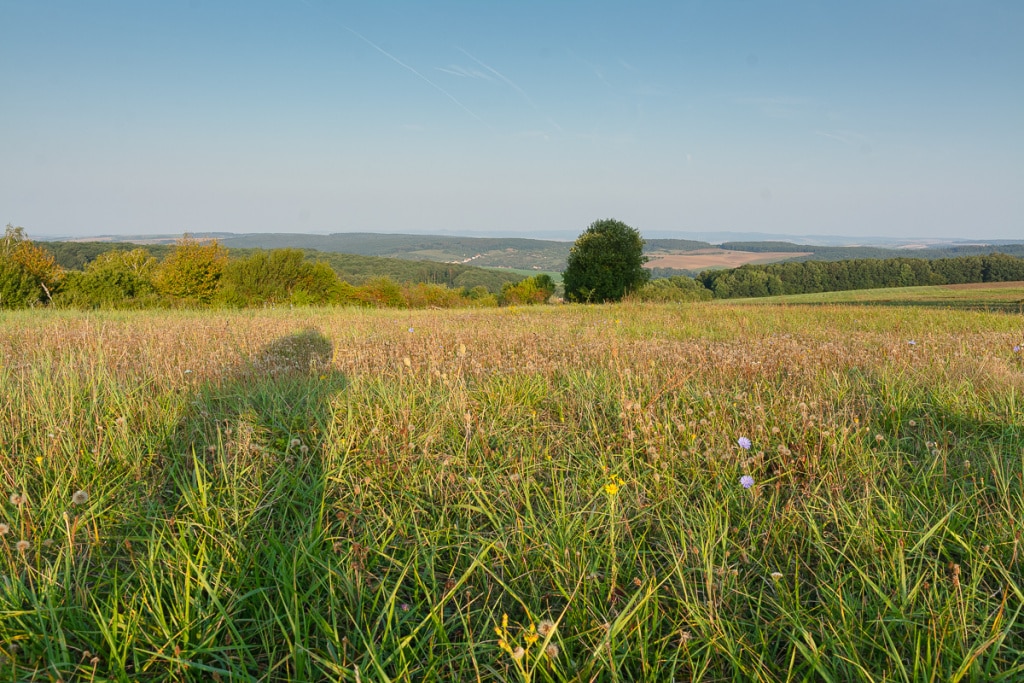
Landscapes are boring under sharp sunlight. But even at high noon and right under the sun, you can get interesting landscape photos; all you have to do is use an infrared filter, which is at its most useful when the light is sharp.
As you can see in the GIF below, the long shadows gradually shorten and shift “opposite” the sun. Later on in the day the sun is sharper and not very good at bringing out the landscape’s detail. But this can, however, change if clouds arrive. Clouds shade the sun and can help to bring detail to landscapes.
Daytime
The shadows in the landscape gradually shorten, and by noon, they are barely visible. This GIF graphically shows how by noon, my shadow has completely pulled back from the frame and ended up beneath the camera. The light has become much sharper overall, and the landscape has gone “flat,” with no striking detail.
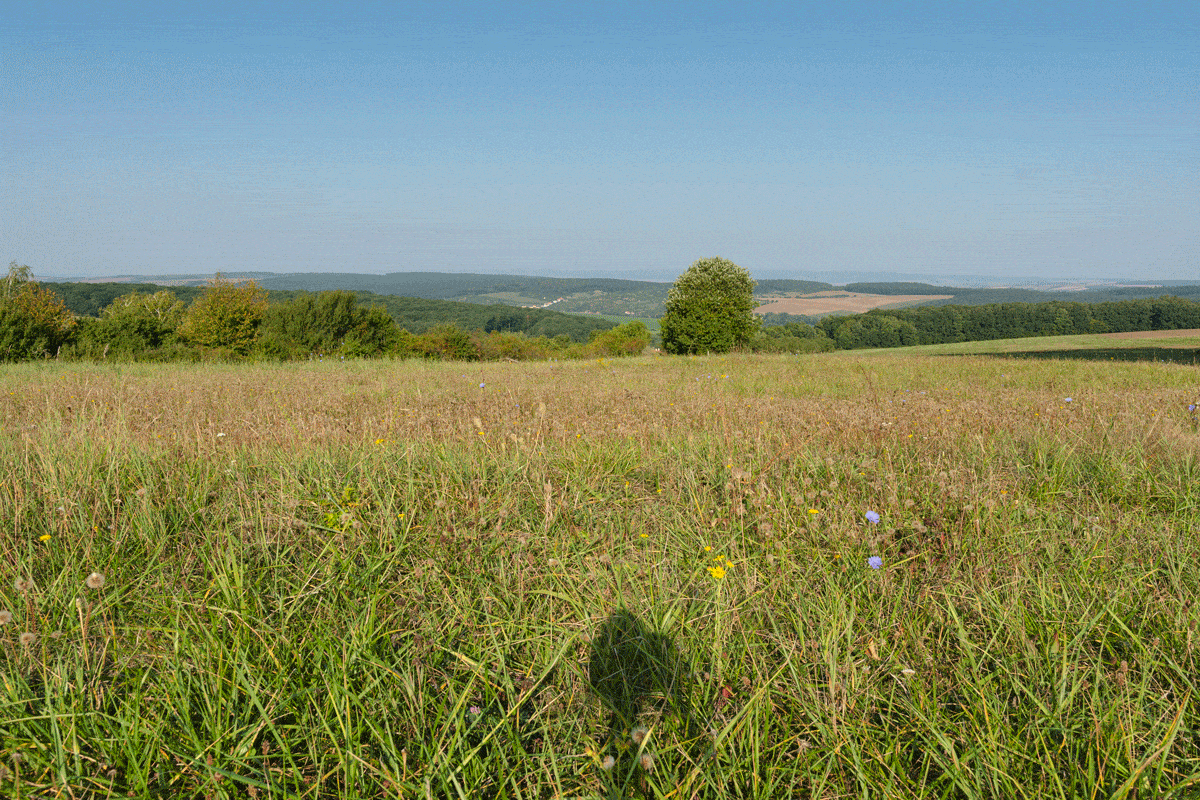
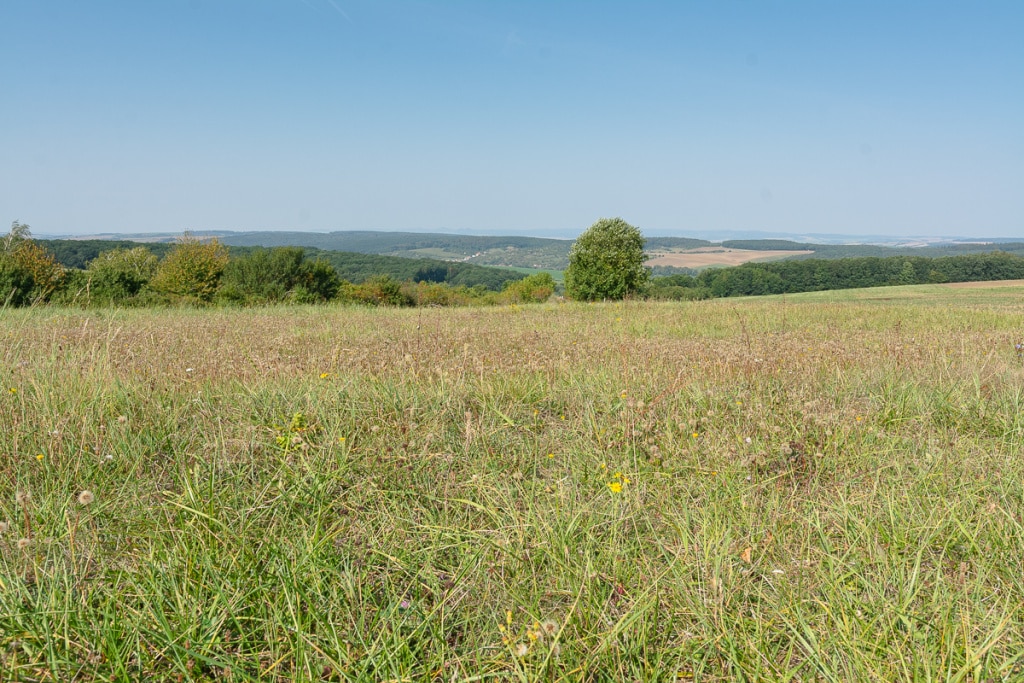
Not even approaching clouds in the distance did much to alter the landscape. They fell apart before they could even reach the sun, and so their shadows never had a chance to deliver a more detailed landscape.
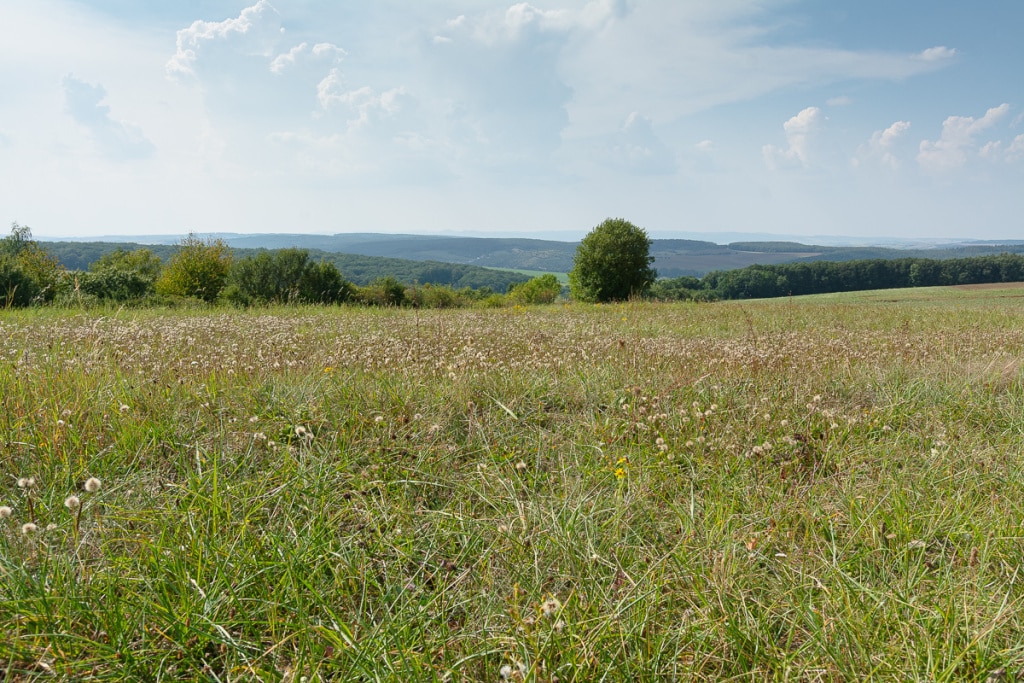
Right Place, Right Time
Light definitely works magic in landscapes over the course of each day. Mainly thanks to the long shadows of the morning and evening, when the sun’s rays are tinted and fall on the earth from a higher angle. And nature’s morning and evening illumination can itself be magical. But it stands out best in rugged terrain, where it then brings out numerous shadows and contrasts.
Have you decided where you’ll find your landscapes? And at what time of day? Once you’re done, you can show off your photos on the web—maybe on Zonerama.
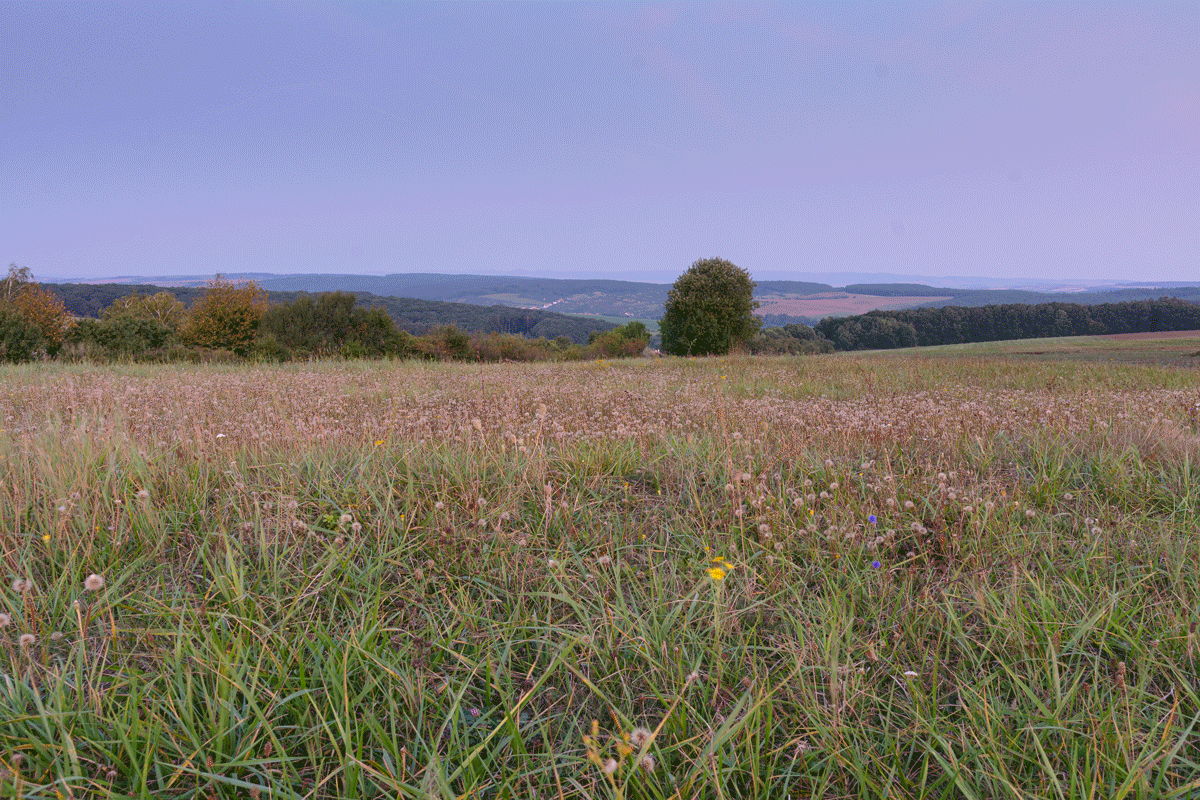
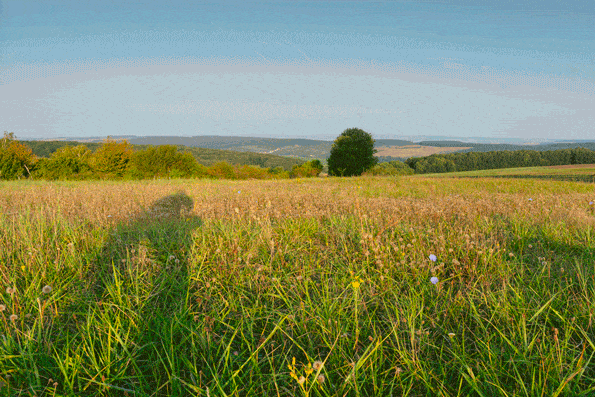
There are no comments yet.